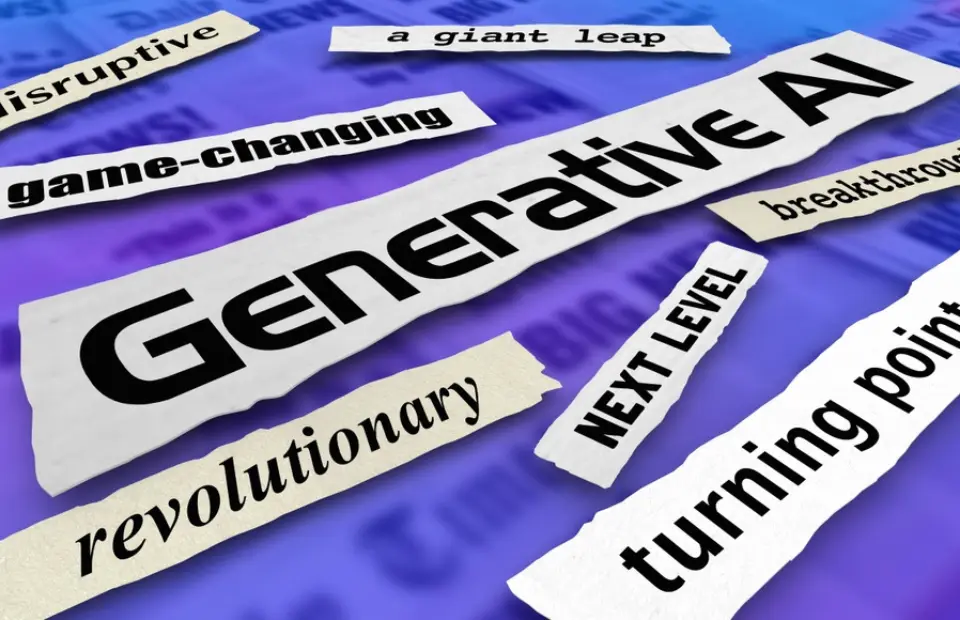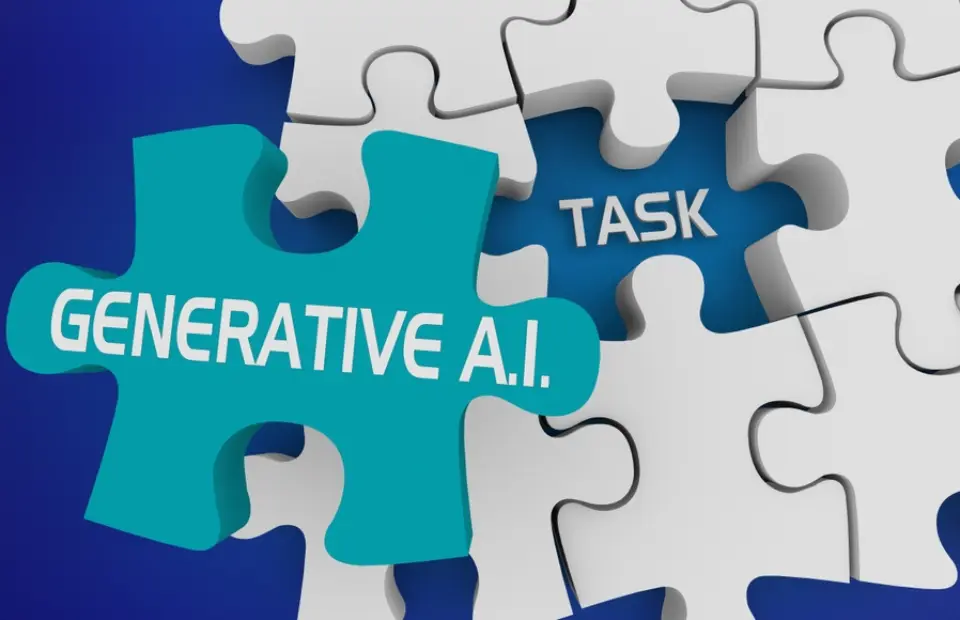In this day and age, with all the information and virtual content out there, It can be hard to get the info you need from long articles. But Google has a new device that could totally change the way we read and consume content. Generative AI is a new generation of AI that can help you get short, clear, and accurate summaries of your articles. It’s the perfect solution to save you time. So, what can Google summarization do? What are its ability programs? And how could it change the statistics industry?
The Genesis of Generative AI

Before we dive into what Google’s summary of Generative AI is all about, let’s get a few things straight. Generative AI is a type of AI that specializes in building structures that can create new content like text, images, or audio just like what people make. Basically, these AI systems are designed to pick up on and recognize patterns in data so they can provide you with consistent and relevant results.
The Transformer structure was one of the biggest breakthroughs in Generative AI. A lot of neural network models are used for all kinds of NLP tasks, but the Transformer was special because it was able to pick up on long-winded relationships in text. This opened up a lot of new possibilities, like translating gadgets, talking to people, and even talking to each other, like in our dialogue.
The Birth of Google’s Generative AI Summarization
Google is one of the biggest names in artificial intelligence, and they’re always trying to come up with new and creative ways to make the way we look at facts better. As more and more people read long articles online, and because they don’t have a lot of time to read them, they needed a tool to break them down into shorter, easier-to-read chunks. That’s when they came up with the idea for Generative AI.
Google summarization is Google’s take on summarizing text. It uses a Transformers-based model, like BERT or GPT, which learns from billions of words. It learns the language, context, and semantics, making it perfect for summarizing text.
Key Features of Google’s Generative AI Summarization

Contextual Understanding
As Google Analytics shows good results, Google’s AI is really good at understanding context. It doesn’t just look at the content of an article and use a simple summarizer. Instead, it looks at the whole article and gathers as much important information as it can to create a single, comprehensive summary.
Abstractive Summarization
Instead of taking sentences directly out of the original text, Generative AI takes the original text and uses it to make summaries that aren’t just based on what the original text said. This means that the summaries are shorter, more organized, and capture the gist of what the original text had to say. They also get rid of all the redundant words and details.
Multilingual Support
Google’s AI-powered summarization tool doesn’t just work for English articles. It also has the ability to summarize articles in other languages, bridge language gaps, and show stats to people from all over the globe.
Real-time Summarization
You can get access to summaries in real-time, so you can quickly see how important an editorial is before you have to read it all. This is especially useful for professionals who need to stay on top of the latest trends in their field.
User Customization
Google’s built-in AI summarization allows users to customize the length and style of summaries based on their preferences. Whether you’re looking for a quick overview or a more in-depth summary, the tool can adjust to meet your needs.
Applications of Google’s Generative AI Summarization

News Aggregation
In today’s world, it’s super important to stay informed. Google’s AI summarization can pull together news articles and give you a quick overview of what’s going on right now, so you can stay up to date without having to scroll through pages of articles.
Research and Academic Work
Researchers and students often have a lot of academic literature to sift through. With this device, they can quickly review the relevance of study papers and articles and save time.
Content Curation
Content creators, bloggers, and social media managers can use this technology to curate content for his or her target market. By summarizing articles, they are able to proportion key insights and traits with their fans effectively.
Learning and Education
Students can advantage from this device by means of summarizing instructional articles, textbooks, and research materials, helping in comprehension and look at.
Business and Market Analysis
Professionals in fields along with finance and advertising and also marketing can use Google’s Generative AI summarization to extract important facts from market reports, enterprise information, and competitor analyses, facilitating information-pushed decision-making.
Accessibility
This era also can be a boon for individuals with disabilities. Because it provides a more reachable way to get admission to information that won’t be available in alternative formats.
Ethical Considerations

While the advent of Google’s Generative AI summarization brings a mess of benefits, it also raises ethical considerations. The capacity for misuse, such as spreading incorrect information thru summarized content, is a concern. It is imperative that customers and also content material creators workout accountable utilization. To make sure the integrity of information dissemination.
Moreover, the effect of automated summarization on the process market for human summarizers. Also for content curators is a matter of subject. As AI continues to advance, there is a need for a thoughtful technique to addressing ability process displacement.
Conclusion
Google’s AI summary is a big step in the right direction when it comes to fact-telling. It’s great for people who read, study, teach, or also work in a variety of fields. It’s great because it can make sense of the context of an article and make it all fit together. But as the world evolves, it’s important to figure out how to balance the advantages with the ethical implications.

